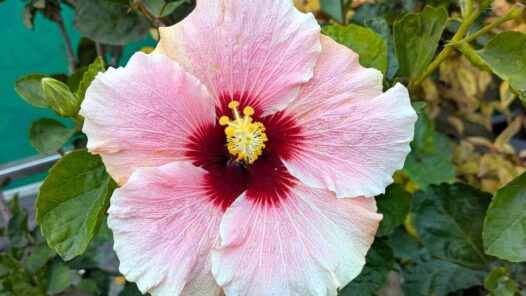punee
n.— «Kristen Scott, an architect in Seattle, said about one-third of her empty nester clients asked for separate bedrooms, which can cost a few thousand dollars to more than $100,000. In Honolulu, Nancy Peacock, an architect, said her clients increasingly requested “punees,” as daybeds are known in Hawaii—sometimes on the lanai, the covered porch of the house.» —“To Have, Hold and Cherish, Until Bedtime” by Tracie Rozhon New York Times Mar. 11, 2007. (source: Double-Tongued Dictionary)
Further reading
The Hawaiian word aloha is both a greeting and a goodbye, as well as a profound acknowledgement of the oneness with all living things. Plus, what’s a lemur ball? A new book will leave you marveling over the mysteries of lemurs, wombats, and other...
After several weeks in Hawaii, a South Carolina listener returned curious about the terms aloha and aloha spirit. Founded on ideas of mutual respect among humans and in harmony with nature, the concept of the “Aloha spirit” is so fundamental to...





interior open and airy with queen bed punee (poo-nay, or poo-nay-ay)
http://www.vrbo.com/77460
“comfortable daybeds in Hawaii called Hikie’es” (hicky-ay)
http://www.sweetwatercabana.com/
broad daybed usually with a solid base, built-in or set into a window space, always immovable.
part of the romance of the punee is napping in the breeze of a nearby window.
traditional bedding in pre-western-contact Hawaii included tapa (bark cloth) bedding and woven padanus leaf cushion and mattress. called lauhala
http://en.wikipedia.org/wiki/Lauhala [Lauhala is either the Hawaiian art of weaving the leaves of the hala tree, or the leaves so used, or is sometimes used to refer to the tree itself. Lau is a Hawaiian word for “leaf”, and hala is the kind of tree used. This craft is essential to the history and culture of Hawaii, at one time being used to produce many of the things needed for life on the islands.
The natural color of finished lauhala products varies from light tan to deep brown, and it can also be dyed, although of course it then ceases to be considered quite as “authentic”. This craft is considerably more versatile than some other kinds of wicker-like weaving, with everything from houses to pillows being produced.]
it is flat, smooth, durable, and fragrant and feels cool to the touch. in old Hawaii the weaving was built up into bed sides, about 5 inches wide, to create a box that was stuffed with scraps of lauhala leaves, then topped with a finely woven mat of lauhala.
it was luxuriously cool and comfortable (subtropical heat makes textiles uncomfortable) and cushiony, standing on a swept earth floor in thatched cottages. punee were not made movable, floor space being limited and the bed construction being boxy and without legs.
in 20th century Hawaii, many family homes were cottages and furnished in a part-western, part-Hawaiian style. bedrooms might have iron-frame beds, and since the culture was spontaneous and hospitable, a built-in or solid-base bed in the family area, with a covered mattress made extra sleeping space.
best of all, in the cool breeze by a window, it was a napping place to get in out of the heat in daytime.